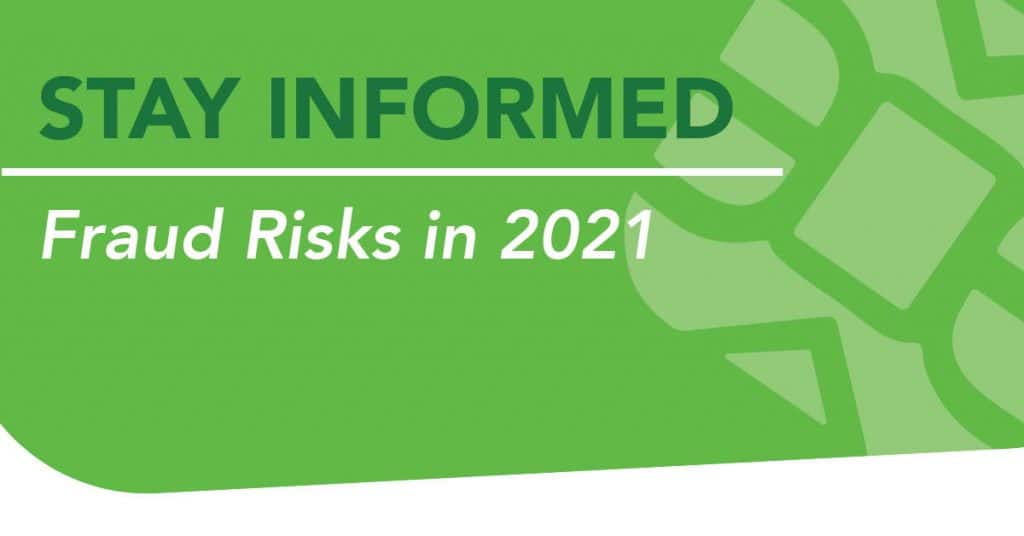
Online payments have helped transform the payments industry, especially during the COVID-19 pandemic. They have allowed many merchants to stay in business during trying times. They have even opened up new business opportunities for some. We have many great things to say about digital payments, but there is one drawback: an increased risk of fraudulent activity. With more stories popping up about credit card fraud, we thought we’d look at a few fraud scenarios and how to prevent them.
Credit Card Fraud
Especially in America, statistics for credit card fraud tend to be high. In 2018, $24.26 billion was lost due to payment card fraud worldwide, with the US reporting 38.6% of those cases. For the traditional shoppers, less risk comes with swiping a card at brick-and-mortar store fronts. When looking into online shopping and phone ordering (or any other card not present transactions), fraud is 81 percent more likely than the in-person risk.
How it Happens
How does credit card fraud happen? There are many different ways someone can get ahold of your information and put you at risk. This can include, but is not limited to, dealing with lost or stolen cards, card not present transactions, and fraudulent credit applications.
Lost or Stolen Cards
This is one of the most obvious risks for fraud. If you lose your card or your wallet is stolen, a fraudster may have all the information they need to make purchases in your name. When in public make sure to keep your personal belongings close to you and never leave your wallet unattended. Also, try to carry as little information with you as possible. If you only need one credit card for your grocery trip, leave any other cards at home! This way, if your wallet gets stolen you will only have one issue to deal with.
Card-Not-Present (CNP)
You can also fall victim of fraud even if your physical card is in a secure location (i.e. your coat pocket or purse). Card-not-present fraud is a growing concern as a growing number of transactions take place online and over the phone. In fact, over half of fraud cases are a result of phishing through fraudulent phone calls and emails to collect your information. These criminals can also get your information by hacking computer systems or using skimmed data. To protect yourself, only shop through reputable websites, and never save your card data online. Make sure to regularly check your bank statements and turn on transaction notifications to avoid any surprise CNP fraud charges. If you notice any suspicious activity, contact your bank ASAP.
Skimmers
Fraudsters may also create counterfeit cards by using skimmers to steal your card information from terminals. These skimmers are most commonly found at gas stations and ATM machines, but they could be almost anywhere. They are installed in addition to the system’s terminal to grab information while the card is processing. Watch this video and this video to learn how to spot skimmers and understand why they can be a risk. Always check the card terminal at vulnerable locations before swiping your card to make sure it is the original device. Gas pumps closest to the building tend to be safer because criminals cannot tamper with them as discreetly to install the skimmer. Thankfully, EMV chip technology has also made it more difficult for skimmers to take your information.
Fraudulent Credit Applications
One of the most overlooked methods of credit fraud is through application fraud. This is when someone opens up a line of credit in your name, placing the unpaid credit on you to deal with. Often times, this type of fraud isn’t noticed until the victim brings up a discrepancy to their bank or lender. Thankfully, improvements in AI analysis are helping prevent many of these fake applications from being approved.
Who Takes the Hit?
In cases of fraud, merchants and card issuers are going to be the ones who take the hit from monetary losses. As long as you are able to properly dispute any suspicious activity, your issuing bank will work with you to protect your personal information and refund your money. Often times fraud will happen due to a mishap on their end, so you will not have to take the fall.
COVID Risks
As a result of the COVID-19 pandemic, there has been an increase in fraud cases. Not only does the increase in mobile shopping provide more opportunities for CNP fraud attempts, but there is also a new topic to develop scams around. Thanks to the general fear and unknown around COVID-19, the topic itself has opened up new opportunities for phishing scams. If someone is asking for your credit card number or social security number over the phone, they probably are not with the health department. You can learn more about some of these risks in our previous blog post.
Tips for Protecting Yourself
All of this can sound scary, but there are many things you can do to help protect your personal information. Check your bank statements regularly and inquire about any discrepancies. Enable account alerts to keep track of your card transactions in real time. Only shop online through reputable and secure sites. Protect your passwords and never save any credit card data on the internet. The bottom line? Shop smart and be informed. After all – knowledge is power.
Resources
https://shiftprocessing.com/credit-card-fraud-statistics/
https://blog.co-opfs.org/combatting-card-not-present-fraud-covid-19/



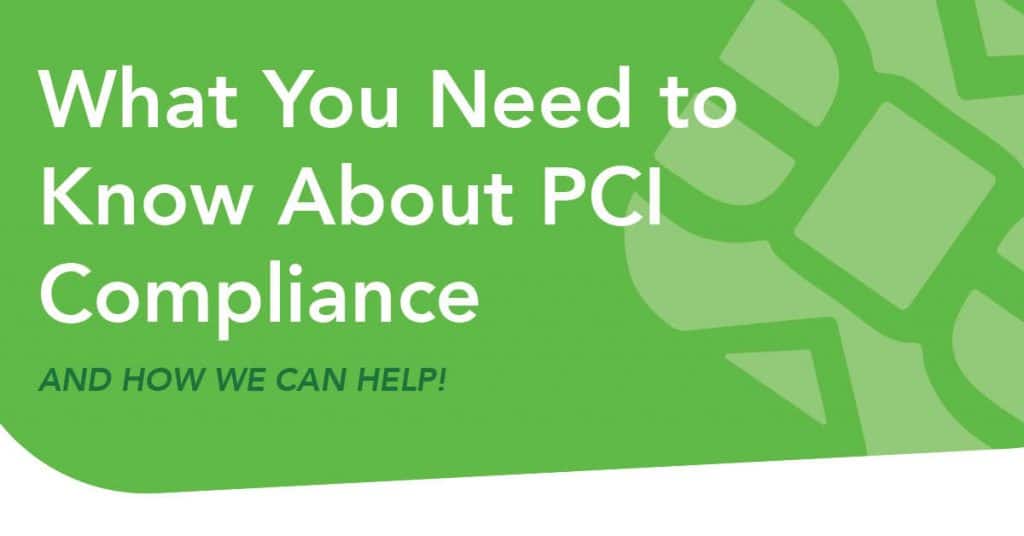

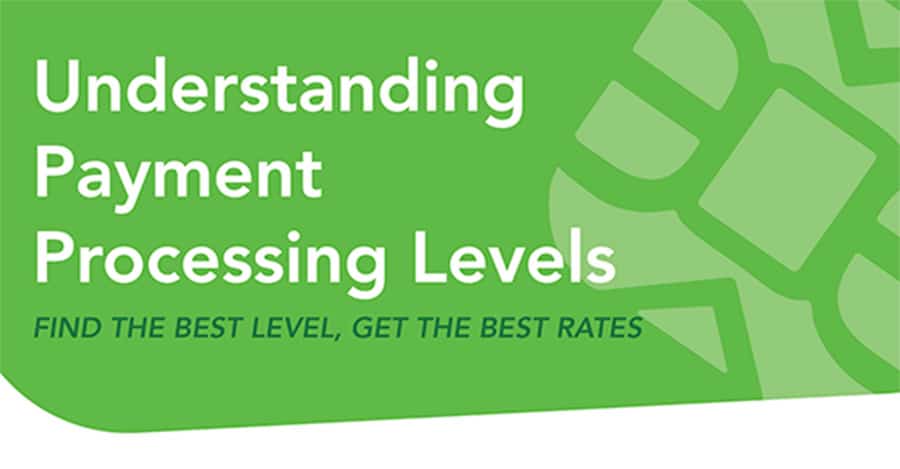
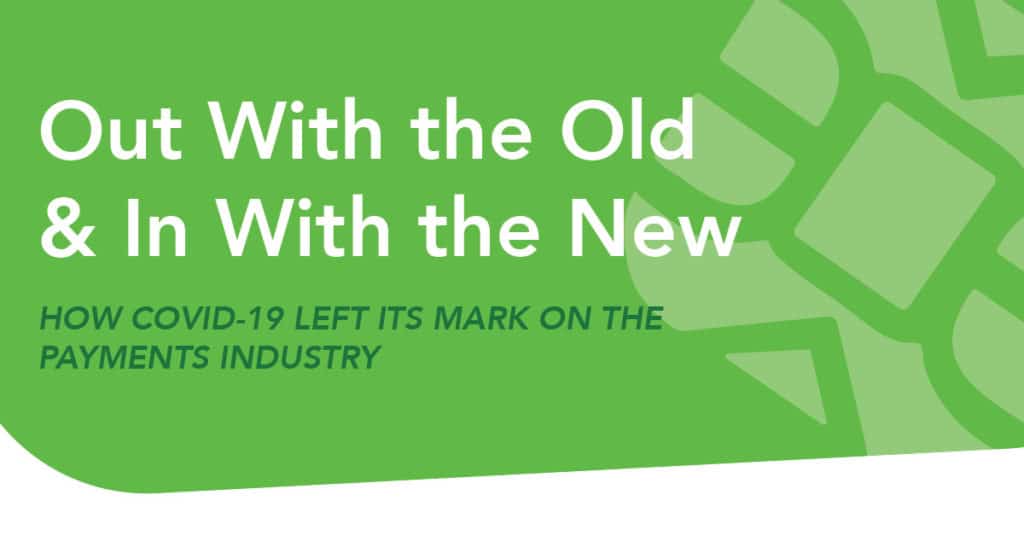
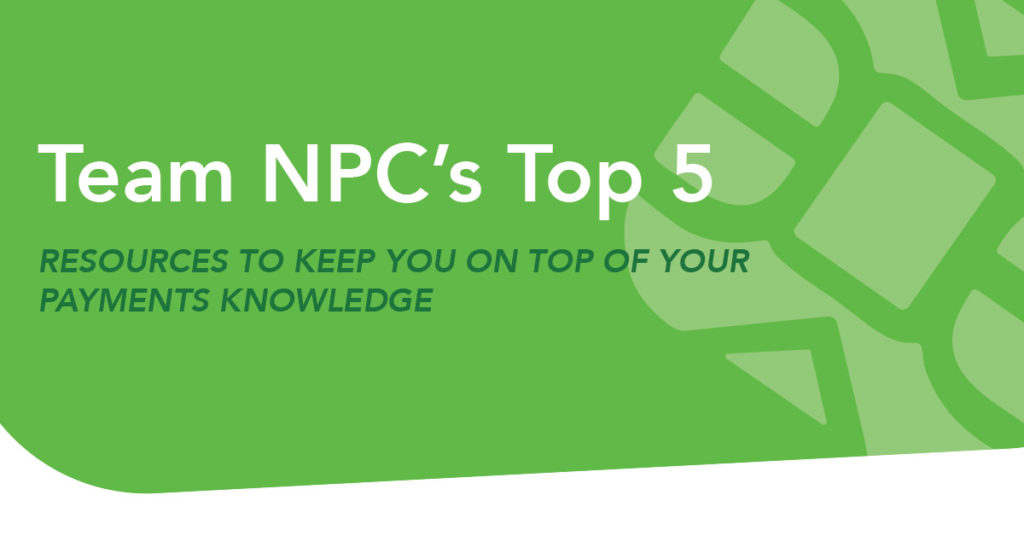
About The Author: Sarah Paull
More posts by Sarah Paull